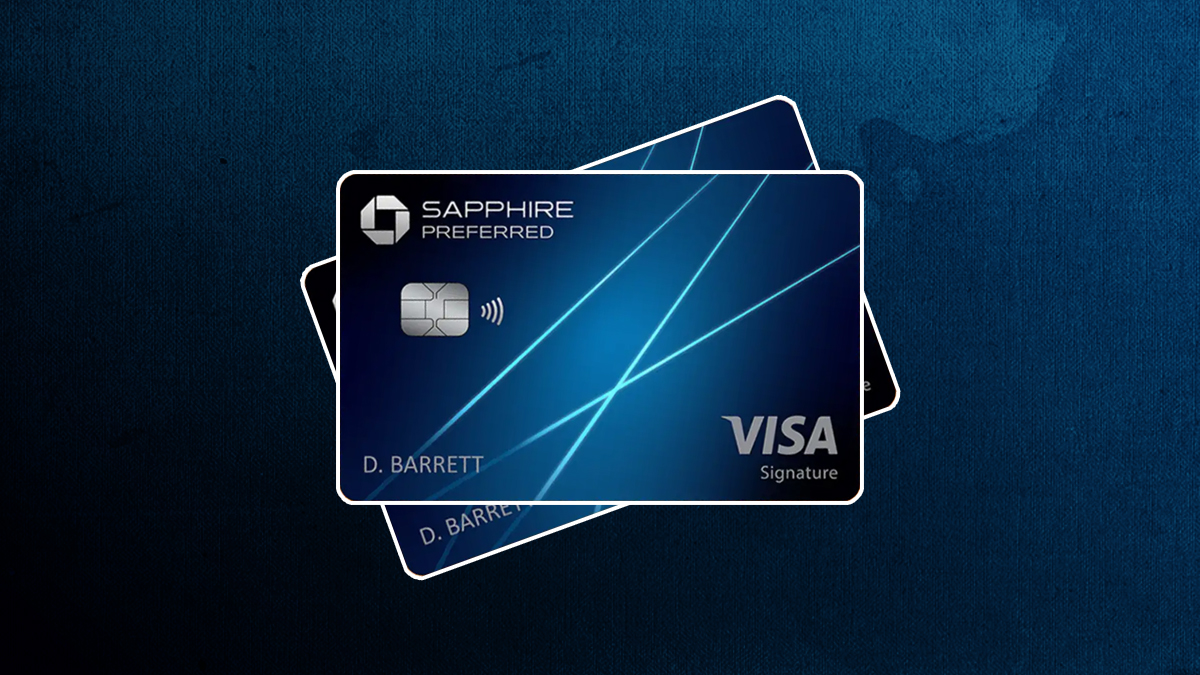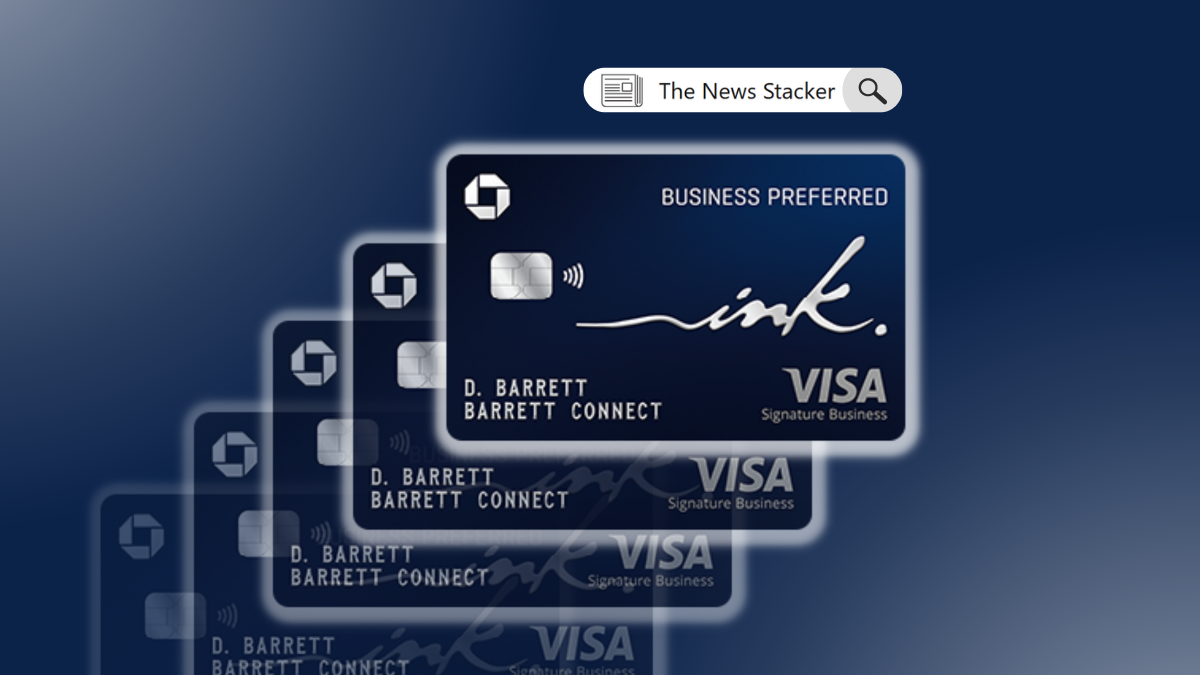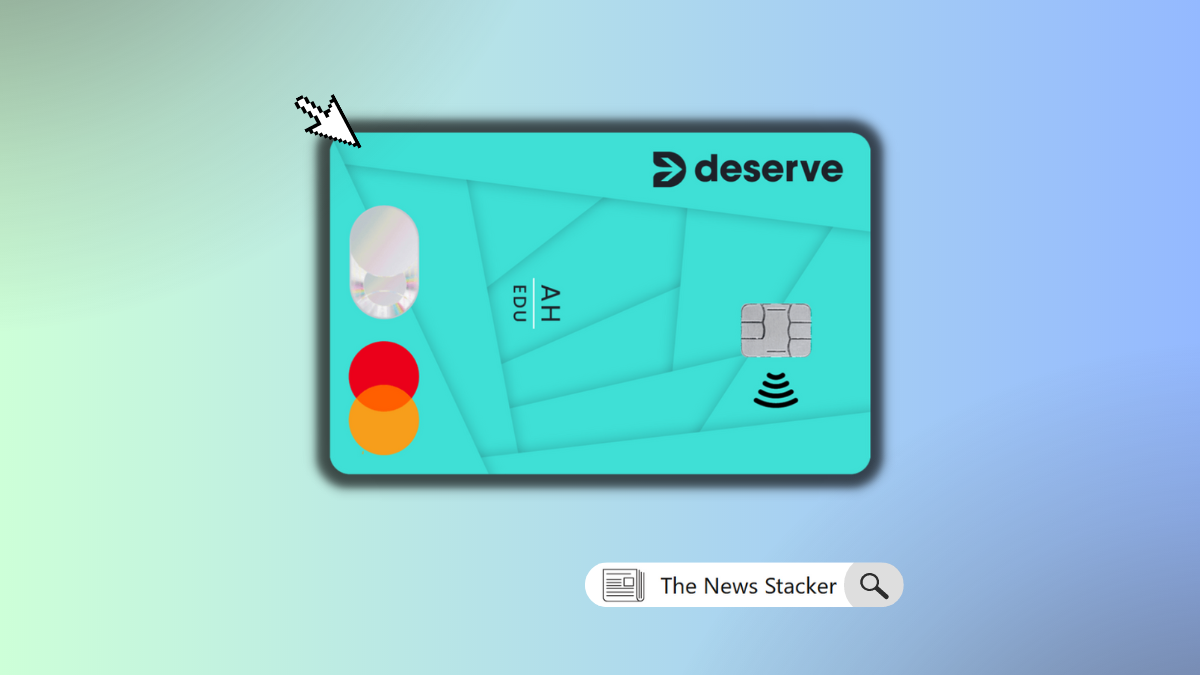Finances
Can’t pay your credit card bill? Here’s what you can do about it
With the current state of the economy, millions of Americans are struggling to pay their credit card bill on time. If this is your case, keep reading to learn what you can do about it.
Advertisement
Learn the options you have if you’re not able to pay your credit card bill this month

Millions of Americans across the country are struggling to pay their credit card bill on time. A missed credit card payment can lead to other types of financial troubles, not to mention damage to an individual’s credit score.
For families living from paycheck to paycheck, paying even the minimum amount might be a struggle. That can cause a negative debt spiral that might last for years if not dealt with properly.
According to a Bankrate study, the average credit card balance in the country is over $5,000.
Right now, there’s a growing concern that a big portion of cardholders won’t be able to pay their credit card bill on time and fall behind on payments.
If you’re currently struggling to make ends meet and pay your credit card bill, we’ve brought a few alternatives that can help you while you try to decrease your other debts.
Keep reading to learn what they are.
What to do if you’re struggling to pay your credit card bill

If you’re struggling to pay your credit card bill, don’t worry – you’re not alone. Millions of Americans find themselves in the same situation each year. Below, we’ll outline some steps you can take to get back on track.
Check if you are pre-approved for credit cards and loans with no impact to your credit score
You will be redirected to another website
You’ll receive messages for less than 1 week, with a maximum of 1 message per day. You can unsubscribe anytime by replying STOP. By submitting this form, I confirm that I am 18+ years old and agree to the Privacy Policy and Terms and Conditions. I also provide my signature, giving express consent to receive informational messages via automated emails, SMS, MMS text messages, and other forms of communication. Message frequency may vary as part of our good-faith effort to respond to your inquiry. Message and data rates may apply. Text STOP to cancel. I understand that my consent to receive communications is not a condition of purchase and that I may revoke my consent at any time.
Explain your situation to your credit card company
If you’re having trouble paying your credit card bill, the first thing you should do is call your credit card company. They may be able to work out a payment plan or offer other options.
If you’re unable to pay the full amount, you can ask the credit card company to accept a lesser amount. This is called a “partial payment.”
You’ll still owe the rest of the debt, but it may be easier to pay off over time. The credit card company may also agree to waive late fees or interest charges.
If you’re really struggling to make payments, you can ask the credit card company for a “hardship program.”
This might involve lowering your interest rate or making smaller monthly payments for a certain period of time.
Keep in mind that hardship programs are usually only available to people who are facing financial difficulty due to unemployment, illness, or other unforeseen circumstances.
Whatever option you choose, make sure you get it in writing from the credit card company. That way, you’ll have proof if they try to say you didn’t make a payment or missed a deadline.
And always keep up with your payments; otherwise, you could end up in even more debt.
Look for a debt management program or try credit counseling
You could try credit counseling to help you pay your credit card bill. A credit counselor is a professional who can help you assess your financial situation and create a plan to get out of debt.
Counselors typically work with your creditors to negotiate lower interest rates and monthly payments. If you decide to go this route, be sure to find a reputable credit counseling agency; there are many scams out there.
Another option is a debt management program. These programs are offered by some credit counseling agencies and nonprofit organizations.
They typically involve setting up a payment plan with reduced interest rates and monthly payments. As with credit counseling, make sure you do your research before enrolling in a program.
If you’re struggling to pay your credit card bill, there are options available to help you get back on track.
Credit counseling and debt management programs can both provide relief from high interest rates and monthly payments.
With a little bit of effort, you can find an option that will work for you and help you get out of debt.
Try to adapt your monthly budget so you can pay your credit card bill

If you can’t pay your credit card bill each month and are struggling to make ends meet, it’s important to adjust your budget and cut unnecessary expenses. Here are a few tips to help you get started:
First, take a close look at your spending. Where can you cut back? There’s no need to sacrifice everything you enjoy, but you may be able to find some areas where you can save money.
For example, if you eat out often, you can cut back by cooking at home more. Or, if you have a gym membership that you don’t use regularly, you can cancel it and start working out at home instead.
Second, review your monthly expenses and see if there are any that you can eliminate altogether.
For example, if you have a subscription that you no longer use or an online service that you can live without, cancel it. Every little bit helps!
Finally, consider ways to boost your income. If you’re not already doing so, start looking for ways to earn some extra money.
You could start freelancing or pick up a part-time job. Any extra money you can bring in will help offset your expenses and allow you to stay on top of your bills.
Times may be tough, but by making some changes to your budget and cutting unnecessary expenses, you can get your finances back on track.
Consider getting a 0% APR balance transfer card
If you can’t pay your credit card bill, you may consider transferring your balances to a 0% intro APR credit card.
This can be a good way to get some relief from high interest rates, but it’s important to understand how this type of card works before you make the switch.
0% intro APR cards typically offer an introductory period of 12 to 18 months during which you’ll pay no interest on your balance.
After that, the APR will increase to the standard rate, which can be anywhere from 14% to 24%.
So if you plan to carry a balance on your new card, it’s important to make sure you can pay it off before the intro period expires.
Otherwise, you could end up paying more in interest than you would have with your old card.
There are also a few other things to keep in mind when transferring your balances. Many cards charge a balance transfer fee, which is usually around 3%.
So if you’re transferring a $1,000 balance, you can expect to pay a $30 fee.
Additionally, some cards limit the amount you can transfer, so be sure to check the terms and conditions before making the switch.
Overall, transferring your balances to a 0% intro APR credit card can be a good way to get some relief from high interest rates.
Just be sure to understand how the card works and read the fine print before making the switch.
What is a good credit card APR and how can you qualify?
If you still don’t understand the importance of APR and how it can affect your finances when you can’t pay your credit card bill, we’ve got you covered.
Check the link below to get an insight on the matter and what you can do to qualify for a card with a better APR.

What is a good credit card APR?
Read this article to get some helpful advice concerning the best way to choose a good credit card APR and how to qualify for one.
Trending Topics

What does FML means, and how to use it
Find out what FML means. Learn about the origins of this acronym and some creative ways people have used it on social media.
Keep Reading
Chase Sapphire Preferred® Credit Card review
The Chase Sapphire Preferred® Credit Card offers unparalleled rewards potential for cardholders. Check our full review to learn more!
Keep Reading
Learn where you can watch the 2022 FIFA World Cup
The 2022 FIFA World Cup will begin on November 20, and it’s the biggest sporting event in the world. Here’s how you can watch it.
Keep ReadingYou may also like

Ink Business Preferred® Credit Card review
Thinking of getting the Ink Business Preferred® Credit Card? We’ve got you covered with all the details in our comprehensive review.
Keep Reading
10 Foods That Can Negatively Affect Your Health
Learn about the 10 foods that can affect your health. From processed snacks to fried foods, these are the foods you should avoid!
Keep Reading
See how to apply for the Deserve EDU Mastercard for Students credit card
Looking to build your credit history as a student? Learn how you can apply for the Deserve EDU Mastercard for Students credit card.
Keep Reading